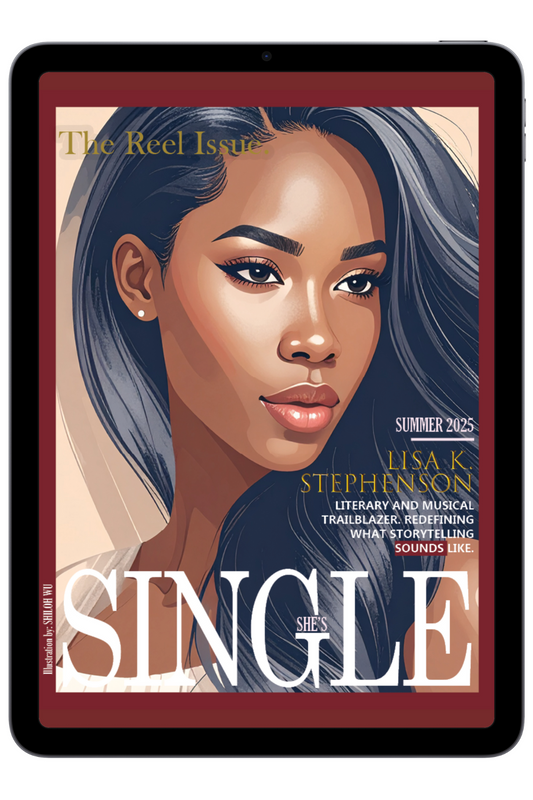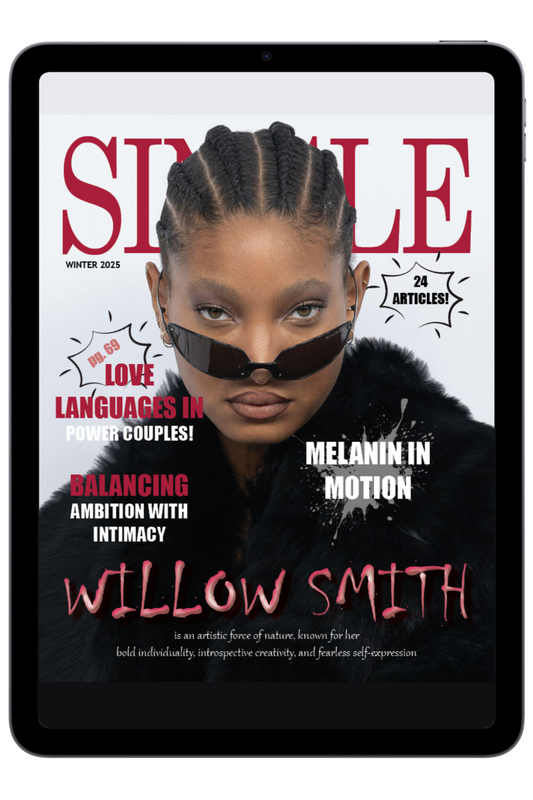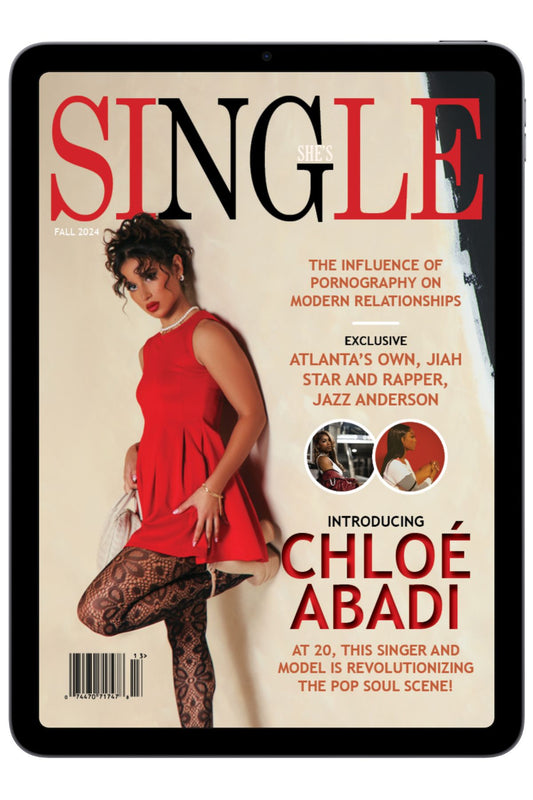Why Do Students Have Different Learning Styles?

The modern world is overloaded with various information. When studying, one of the goals is to work with different data, research them, and learn how to create meaningful papers according to the collected information. Any education system aims to make each student more knowledgeable and victorious thanks to learning new things.
And of course, successful education is about more than practical working with data. Also, a lot depends on students’ peculiarities and their learning styles. In our article, we will find out more about different learning styles for students, why students have different learning styles, and how it relates to their academic success.
By the way, no matter your learning style, you may be too overloaded with papers and other assignments to meet a deadline. In such a case, an essay service like FastEssay will help you quickly. Try contacting this writing service and find out how professional writers can assist you. Order help with various academic papers and get customized papers to support your learning activities. Additionally, consider Alchemy for Selective School Tutoring for specialized guidance and targeted preparation to enhance your academic success.
THE IDEA OF DIFFERENT TYPES OF LEARNING STYLES
It is not easy to be a student nowadays because everybody expects excellent results, no matter how tired or overloaded you are. The idea that students might have different learning styles, and teachers must adjust teaching strategies and programs to these peculiarities, is becoming popular nowadays. However, ten years ago, such views about different learning styles were thoroughly debunked. Now, everybody realizes that fitting the individual abilities of students to consume information is one of the aims of any learning program if you want it to be effective.
Our article will consider different approaches to education and programs for learning courses depending on college students' learning styles. We will also try to figure out why the students have different learning styles and what the prerequisites of this phenomenon are.
THE TYPES OF DIFFERENT LEARNING STYLES FOR STUDENTS AND WHY THEY HAVE THEM
As already mentioned, compared to recent years, the concept of various learning styles and teachers' approaches to students depending on their learning style is very popular nowadays. Since a variety of models can relate to student learning styles, in our article, we will consider only the four most popular of them, which follow the so-called VARK model:
- Visual
- Auditory
- Reading/Writing
- Kinesthetic
Now we will go through different types of learning styles thoroughly to define their peculiarities and how teachers can support students in the classroom depending on their learning style.
VISUAL LEARNERS
The reason why students are more likely to be visual learners is that they constantly observe the things they are learning about. It is effortless to recognize visual learners if they are more likely to use pictures or written directions in the books and in the classroom to access information about the course.
It is a widespread learning style that often becomes an advantage when a teacher requires students to draw and make visual notes and cards to remember and process information. To support such a learner, teachers often add traditional teaching styles with more specific elements like chalkboards or screens. Assignments for such students can be added to the task to create a visual. For example, drawing a specific component of the learning program.

AUDITORY LEARNERS
To recognize that the auditory learning style prevails, a teacher can observe how a student consumes information by listening to different sounds. If a student prefers listening to lectures more than taking notes, it could be an auditory learner. Students often have such learning styles because of their individual characteristics and how they devour information about the world from early childhood.
Another peculiarity of auditory learners is that it is easier for them to remember information when they repeat it out loud. One of the effective approaches from the side of teachers to auditory learners is to ask them to repeat sentences during the lecture. Another adequate way to deal with auditory learners and support their education style is to let them watch videos about the subjects of lectures and listen to audiobooks.

WRITING LEARNERS
This type of learning style is also widespread among students. Writing learners can sometimes be called 'reading learners' because their ways of consuming data relate to written text materials. Please distinguish this style from the visual learning style. While visual learners can consume content in the forms of drawings, diagrams, and other pictures, writing learners consume only text and written words.
For example, this type of learner prefers reading books, articles, journals, and other papers instead of listening to lectures. To support writing learners, educational professionals can use books and other types of material containing written instructions, manuals, and similar knowledge materials.

KINESTHETIC LEARNERS
The fourth type of learning style among modern students is kinesthetic learning. You will easily recognize this type of learner when you see that he or she is collecting information about the world through tactile feelings. Using hands and bodies as learning instruments is a sign that you are dealing with a kinesthetic learner.
The best way to involve kinesthetic learners in effectively consuming studying materials is to let them be themselves and recognize the world through movement. In the end, the bodies of kinesthetic learners know the best way they can remember information through physical response and experience.

HOW DOES KNOWING YOUR LEARNING STYLE HELP IN YOUR STUDIES?
By defining your personal learning style, you can easily make your studies more effective. For example, suppose you're a student who consumes information better by reading texts than by looking at pictures. In that case, you can choose lectures and study materials in printed or written versions. For reading learners, books will work perfectly.
Also, it would be best if you considered that, nevertheless, there are four main types of learning styles discussed in our article; there is no way that one person will be a 100% kinesthetic learner or a 100% visual learner. Usually, one student combines several types of learning. So, by defining your individual preferences, you can adjust your learning activities to your learning style and become a more successful student.
WRAPPING UP
After reading our article, you have learned why students have various learning styles and how teachers can support students during their studies depending on their individual peculiarities. We hope that now you can see that your learning style is also unique, and you can choose materials for studies and learning programs assuming your individuality. Thanks to our article and materials about various learning styles, your studies will become more effective. We wish you good luck during your educational process!
by Sergey









